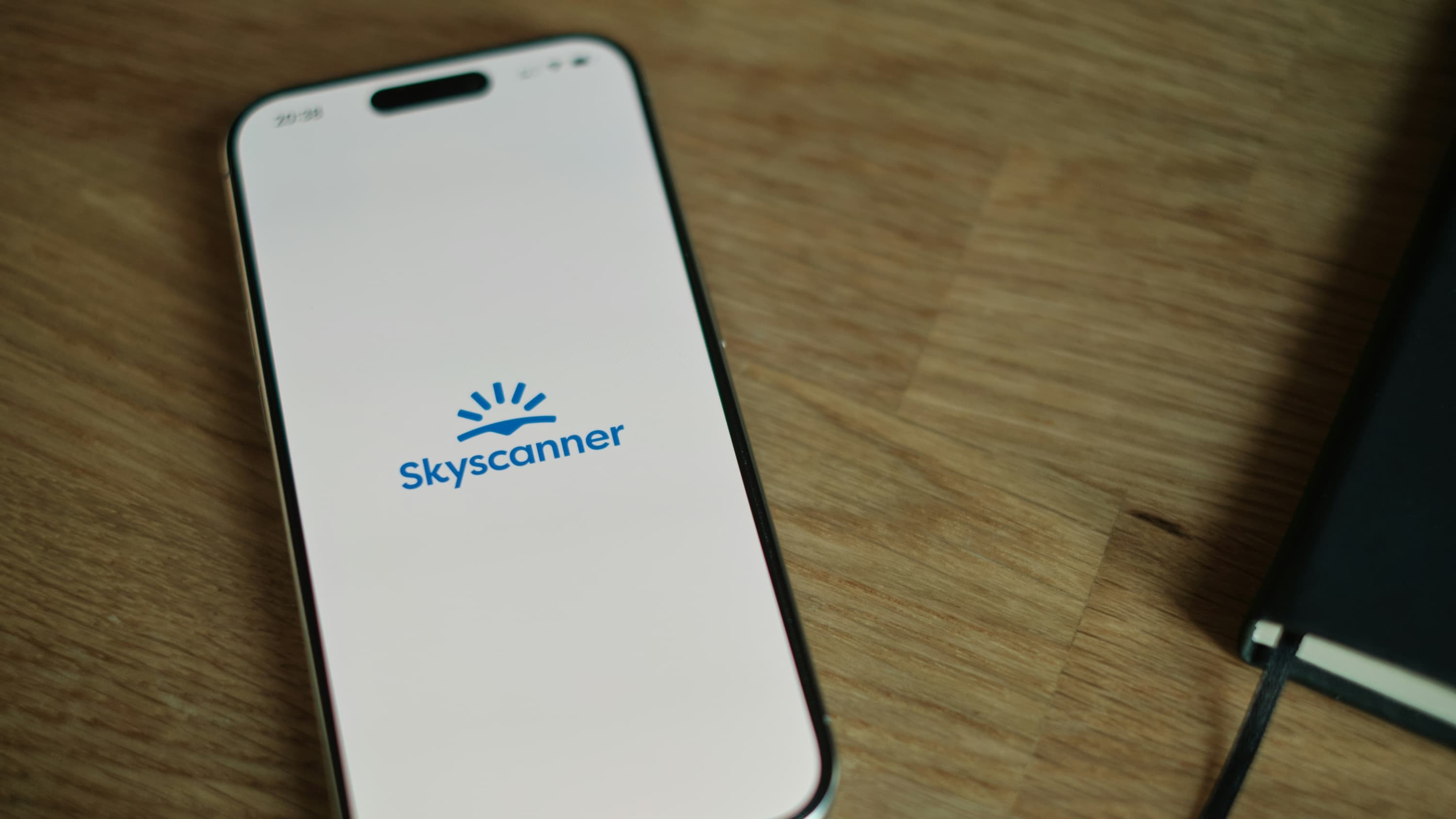 Work and Travel
Work and Travel The Most Spoken Languages: How Many Are There and Which Ones Dominate?
English, Spanish, and Mandarin Chinese are considered the three most important languages in the world due to their global influence and number of speakers.



The Green Card, or Permanent Resident Card, is a sought-after document for many freelancers looking to settle and work in the U.S. legally. It grants you the right to live and offer your professional services within the country permanently.
So, how do you get a Green Card? This guide is tailored to help you understand how the U.S. immigration system works and increase your chances of success.
The United States is a land of immense opportunities for freelancers wishing to advance their careers. Designers, programmers, accountants, and engineers are among the highest-paid professions.
Therefore, if you have personal project ideas as a programmer, for instance, you might find your dream job here. But first, you need to legalize your status in the country.
The good news is that the U.S. offers various ways for you to obtain a Green Card, such as:
Through family relationships.
Through employment.
As a special immigrant.
Through refugee or asylee status.
Victims of human trafficking and other crimes.
Victims of abuse.
Through registry.
Other categories.
Understanding each of these is crucial if you plan to establish yourself as a freelancer in the United States. It can influence your application strategy and help you better plan the process, thus enhancing your chances of success.
The application process depends on your specific situation, i.e., the admission category you fit into. Here are the general procedures and relevant categories for applying for a Green Card:
First, identify under which category you are eligible, whether it's through family, employment, refugee/asylee status, etc.
Typically, someone (a sponsor) files an immigrant petition on your behalf. These can be:
Family. A direct relative who is a citizen or permanent resident submits Form I-130 (Petition for Alien Relative) to USCIS.
Employer. If it's through employment, Form I-140 (Immigrant Petition for Alien Worker) is submitted.
Special Immigrants. Here, Form I-360 is used.
Refugees/Asylees. They submit Form I-730 (Refugee/Asylee Relative Petition) or Form I-485 if they are already in the U.S.
Once USCIS approves the petition and a visa is available in your immigration category, you can apply for the Green Card or immigrant visa with the Department of State.
You need to attend an appointment in person for biometrics collection, including fingerprints, photo, and signature.
Subsequently, USCIS or the consulate schedules an interview to review your application and possibly ask additional questions regarding your eligibility.
Finally, you will be informed whether the petition was approved. If you applied through a consulate, an immigrant visa will be issued, granting you permanent resident status upon entry to the U.S. You will receive your Green Card by mail thereafter.
Two documents are essential for any type of Green Card application:
1. Form I-130. Used when a U.S. citizen or resident family member applies for a Green Card for a foreign relative to establish and verify the familial relationship.
2. Form DS-260. An "Electronic Application for Immigrant Visa" for applicants outside the U.S., processed through the National Visa Center (NVC) and the local U.S. embassy or consulate.
Keep in mind that the required documentation depends on the eligibility category for which you are applying for the Green Card. It is advisable to consult with an immigration attorney about specific documentation.
Every freelancer looking to qualify for a Green Card should be aware that some categories are prioritized, meaning that certain individuals may receive approval faster based on their category.
Here we describe which ones:
This includes immediate relatives of legal permanent residents in the United States:
First Preference (F1). Unmarried sons and daughters of U.S. citizens, 21 years of age and older.
Second Preference A (F2A). Spouses and children (under 21 years and unmarried) of permanent residents.
Second Preference B (F2B). Unmarried sons and daughters (21 years of age and older) of permanent residents.
Third Preference (F3). Married sons and daughters of U.S. citizens.
Fourth Preference (F4). Brothers and sisters of U.S. citizens, provided the citizen is at least 21 years old.
Some indirect relatives may also be eligible for a Green Card through family sponsorship. Therefore, it's crucial to consult with an attorney to check if a loved one meets the eligibility requirements.
These preferences include migrants seeking to work in the country or invest in creating new jobs—a great option if you're working for a foreign company.
The categories are divided as follows:
Priority workers
Categories | Eligibility |
E10 | Children of priority employees in classification E11, E16, E12, E17, E13, o E18. |
E11 | Foreign with exceptional ability (business, arts, education, etc.) |
E12 | Outstanding researchers and teachers. |
E13 | Some managers or executives of a multinational company. |
E14 | Spouses of priority workers designated as E11, E16, E12, E17, E13 o E18. |
E15 | Children of priority employees designated as E11, E16, E12, E17, E13 o E18. |
E16 | Foreign nationals with exceptional ability (adjustment of status). |
E17 | Outstanding researchers and teachers (adjustment for status). |
E18 | Multinational executives or managers (status adjustment). |
E19 | Spouses of priority workers within classification E11, E16, E12, E17, E13 o E18 (adjustment of status). |
Professionals with exceptional skills or advanced degrees
Categories | Eligibility |
E21 | Professionals with exceptional ability or advanced degrees. |
E22 | Spouses of foreign nationals designated as E21 or E26. |
E23 | Children of foreign designated as E21 or E26. |
E26 | Professionals with exceptional ability or advanced degrees (adjustment of status). |
E27 | Spouses of foreign designated as E21 or E26 (adjustment of status). |
E28 | Children of foreign nationals designated as E21 or E26 (adjustment of status). |
E30 | Children of skilled or professional workers classified as E31, E36, E32 or E37. |
Covers those who want to obtain their green card through various statuses:
Categories | Eligibility |
AM1 | Asian Americans born in Vietnam. |
AM2 | Spouses or children of an Asian American born in Vietnam or an AM6. |
AM3 | Parents or guardians of an AM1 o AM6. |
AS1 | Person with approved primary asylee status. |
AS2 | Spouses of persons with asylee status. |
AS3 | Children of persons with asylee status. |
NA3 | Children born outside the U.S. during a temporary visit, whose mother is a U.S. citizen or permanent resident. |
XE3 | Children of employment-based preferential immigrants born after the issuance of a visa. |
XF3 | Children of family-based preferential immigrants born after the issuance of a visa. |
XR3 | Children of immediate relatives of permanent residents born after the issuance of a visa. |
Y1 – 16, Y64 | Persons with refugee status. |
The estimated time for Green Card approval ranges from 7 to 33 months or more, depending on factors such as:
Admission Category. The type of Green Card applied for (family, employment, etc.).
Method of Entry into the Country. How you entered the U.S. (e.g., with a work visa or tourist visa).
Location. Whether the petition is being filed from within the United States or from your home country.
Need for Inadmissibility Waivers. Whether you require additional waivers for inadmissibility issues.
Workload of the Offices. The volume of applications being handled by USCIS or the U.S. consulate can affect processing times.
Status. The status of the sponsor (e.g., whether they are a permanent resident or a U.S. citizen).
Relationship. The nature of the family or employment relationship between the applicant and the sponsor.
These combined factors determine the specific duration of the approval process for each individual.
While you wait, you can look for remote work on the internet. If you specialize in programming or have strong skills in the technology sector, you have many opportunities. In fact, you might consider applying to work at Google or other renowned companies that promote teleworking.
Additionally, with DolarApp you can assist family members who are still in your home country. Simply transfer dollars from your U.S. account to one associated in pesos, always at the best exchange rate.
Permanent residency allows you to live and work in the U.S. indefinitely. Citizenship grants additional rights, such as voting and obtaining a U.S. passport.
Yes, the Green Card must be renewed every 10 years. The renewal application must be made before it expires, or if already expired, but not more than 6 months overdue.
To renew your Green Card, you must be the holder and not have serious criminal records. Additionally, you are required to have lived in the U.S. for at least 5 continuous years or 3 years if married to a U.S. citizen. You also need to have been physically present in the U.S. for more than 30 or 18 months, as applicable.

The world has borders. Your finances don’t have to.
 Work and Travel
Work and Travel English, Spanish, and Mandarin Chinese are considered the three most important languages in the world due to their global influence and number of speakers.

 Work and Travel
Work and Travel Learn how to find the best deals on KAYAK Flights with these proven tips we share here. Fly to your favorite destination at the best price.

 Work and Travel
Work and Travel Skyscanner Flights has a powerful algorithm that shows you the lowest prices, but with these strategies, you can improve your results and save even more.


